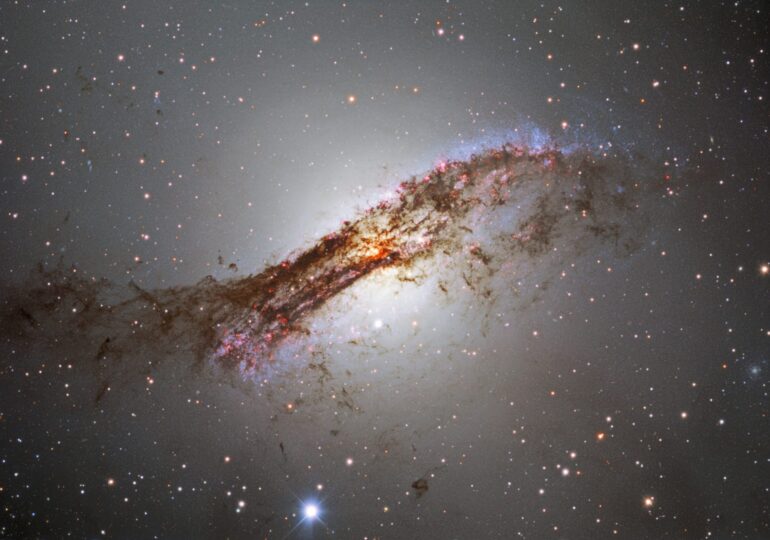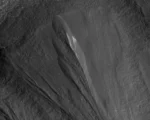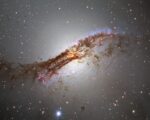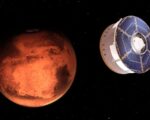Indian Scientists Unveil Discovery of Giant Exoplanet, Five Times the Size of Earth
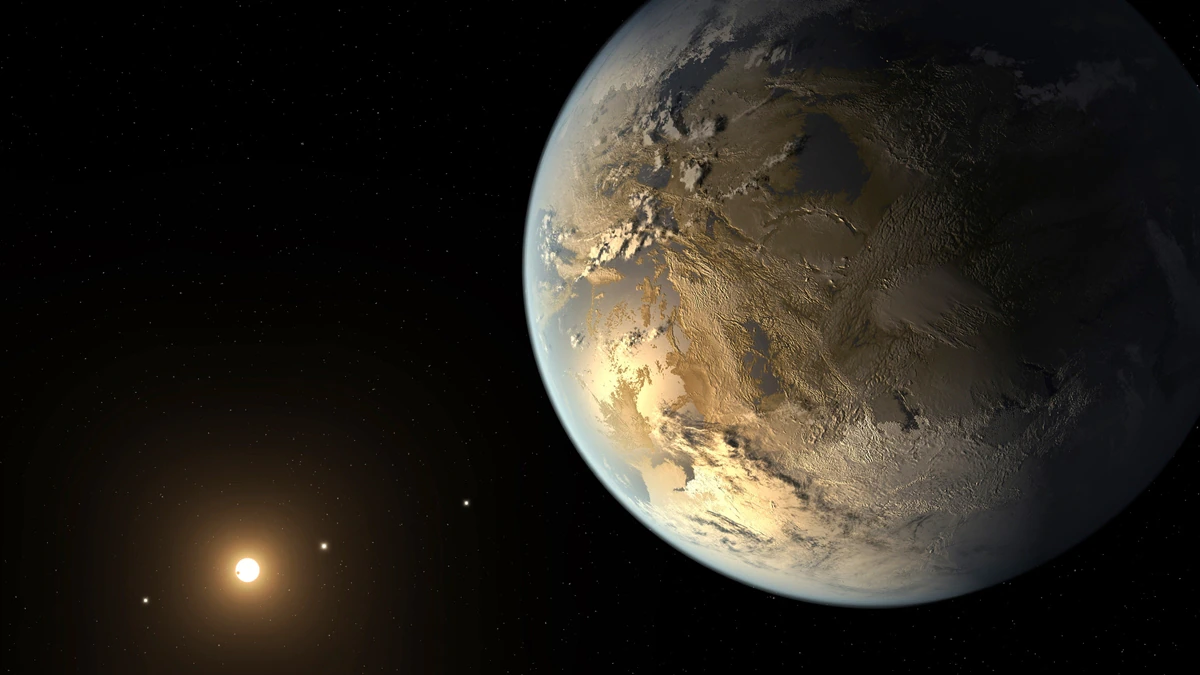
Indian scientists have made a groundbreaking discovery with the identification of an exoplanet named TOI-6651b, which is five times the size of Earth and significantly more massive. Orbiting a Sun-like star, TOI-6651b has a mass roughly 60 times that of Earth and a radius five times larger, making it an exceptional find in the field of exoplanet research. This discovery marks the fourth exoplanet found by India’s Physical Research Laboratory (PRL), highlighting the country’s growing expertise in space exploration and scientific research.
TOI-6651b resides in an area known as the “Neptunian desert,” a region where few planets of such mass are typically found. The planet orbits its host star, TOI-6651, in a remarkably short period—just over five Earth days—making its “year” a mere fraction of an Earth month. Its orbit is slightly elliptical, distinguishing it from other gas giants that typically follow more circular paths. The star it orbits is a G-type sub-giant, slightly larger and warmer than our Sun, with a surface temperature of around 5940 K.
The composition and structure of TOI-6651b offer fascinating insights into planetary formation. Using the advanced PARAS-2 spectrograph, scientists from PRL have determined that the planet is predominantly made of rocky, iron-rich materials, making up about 87% of its mass. The planet’s outer layer consists of lighter elements like hydrogen and helium, and its high density suggests that it might have gone through unique evolutionary processes, such as tidal heating or atmospheric loss. These characteristics make TOI-6651b an important subject of study for understanding how massive, dense exoplanets form and evolve.
This discovery opens new doors for further research into planetary science, especially in studying the formation of large, dense exoplanets. The unusual composition of TOI-6651b provides a unique opportunity for scientists to examine how such planets develop in different environments. As more discoveries like this are made, our understanding of exoplanetary systems and the potential for other worlds will continue to expand, offering exciting possibilities for future space exploration.



